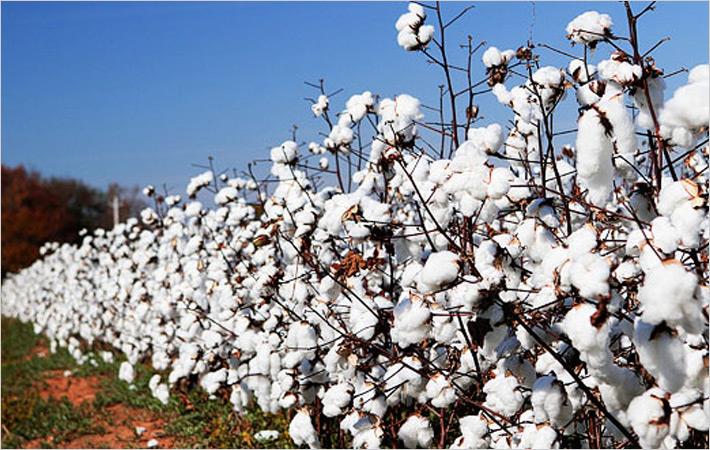
"Indian spinning mills performed well in exports during 2013-14 when the cotton yarn was covered under schemes such as 2 per cent incremental export incentive, 2 per cent interest subvention and 3 per cent focus market incentive and the sector could penetrate into alternate markets other than China. However suddenly all incentives were withdrawn leading the spinning mills high and dry," said out CITI chairman Sanjay Jain.
China which is the largest importer of cotton yarn has shifted from India to Vietnam/Indonesia as they have duty free access while Indian yarn carries 3.5 per cent import duty. From 2013 to 2017, there has been a decline in India’s cotton yarn exports to China by 48 per cent while exports from Vietnam and Indonesia has increased at a remarkable rate of 129 per cent and 55 per cent respectively in the same period
He further stated that India’s raw cotton is going to various markets at zero duty. "India exported $1894 million worth raw cotton in 2017-18. Exporting of raw cotton bales instead of value addition by converting to yarn and fabric is leading to loss of valuable foreign exchange, employment and better remuneration to farmers."
Similarly, fabric exports from India are at serious disadvantage vis-à-vis exports from competing countries due to duty differentials in leading exports markets. Markets like EU, China, Turkey and Vietnam impose an import duty in the range of 8-12 per cent on Indian fabric while duty free access is given to countries such as Pakistan, Cambodia, Bangladesh and Cambodia.
Falling of Indian cotton yarn and fabric exports is impacting the whole value chain from farmers, spinners to weavers/knitters as there is considerable exportable surplus in country but we are not able to be overcome the tariff disadvantage despite being competitive in both spinning and weaving. Further, he highlighted that growth in clothing has not been supportive to consume the extra capacity leading to pressure on the yarn and fabric capacities. The exports of garments have declined from $17.4 billion in 2016-17 to $16.7 billion in 2017-18.
Requesting the government, Jain has asked to cover cotton yarn under MEIS as this will boost India’s exports and also help us penetrate new markets especially the African markets. Also the farmers will get better price for raw cotton. Cotton yarn is the only segment which is not covered under MEIS. Hence, despite abundant raw materials availability and second largest cotton spinning infrastructure in the world, the cotton yarn exports are struggling in the absence of Government support.
"Énhance MEIS for fabric from 2 to 4 per cent at par with Made-ups. The weaving sector is labour intensive like the made-ups and garmenting sectors. Weaving is mostly carried out in the unorganised sector especially in the rural and semi-urban areas. The sector employs women labour substantially," urged Jain. (RR)
Fibre2Fashion News Desk – India